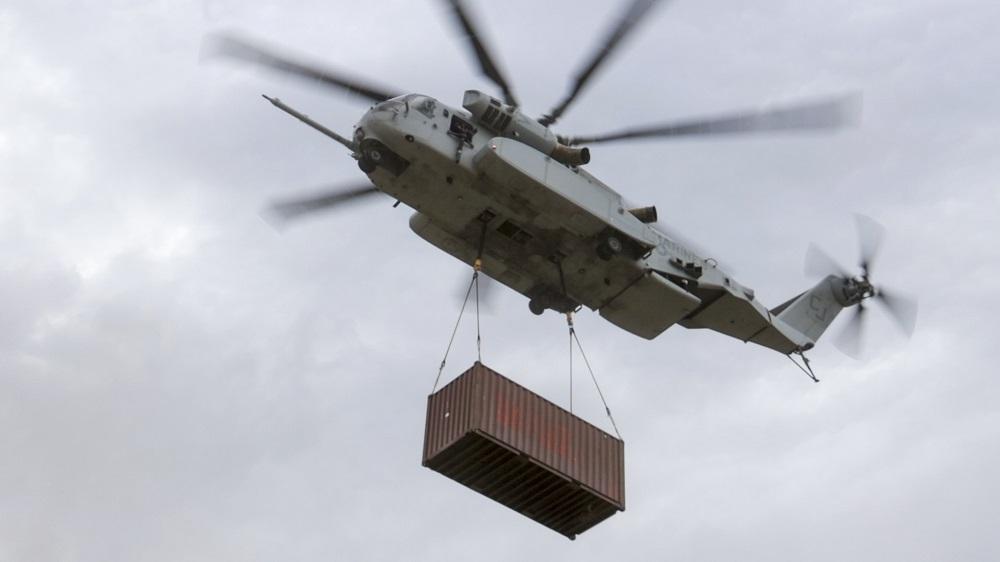Arid, hot air sits heavy over the mountains. Soon, the autumn winds will sweep the lands to chase away the heat, but before they can, the chop of helicopter rotor blades can be heard through the valleys. Marine Heavy Helicopter Squadron 461 has been here before, but never with the latest innovation in Marine Corps aviation: the CH-53K King Stallion. This is the first fleet exercise the Marine Corps’ King Stallion deployed to conduct, marking a step forward for the Marine Corps. With three times the lift capability of its predecessor, the CH-53K is the new heavy-lift solution for the naval force.
“Routinely training with an LAV for an external load, to me, is absolute mind boggling. It’s got power for days; you can do anything you want,” said Staff Sgt. Dakota Schneider, a crew chief instructor with Marine Aviation Weapons and Tactics Squadron 1.
“The CH-53K is more powerful, safer and an easier-to-maintain helicopter. That’ll allow each wing commander more capacity to sustain the Marine Air-Ground Task Force in an austere environment,” Lt. Col. Adam Horne, HMH-461 commanding officer said.
Mountain Home, Idaho, was chosen as the first deployment for training for the King Stallion because it provided a new climate and terrain features distinct from North Carolina, HMH-461’s home state. The CH-53K can fly at higher altitudes, for longer distances and in hotter conditions than the CH-53E. HMH-461 used these qualities at Mountain Home to assist in future CH-53K production and employment. The Marine Corps continues its long legacy of innovation with this test of the CH-53K King Stallion. The lessons learned by HMH-461 during the deployment for training support the Marine Corps’ modernization efforts.
The Sikorsky CH-53K King Stallion (Sikorsky S-95) is a heavy-lift cargo helicopter designed and produced by Sikorsky Aircraft. The King Stallion is an evolution of the long running CH-53 series of helicopters which have been in continuous service since 1966, and features three uprated 7,500 shp (5,590 kW) engines, new composite rotor blades, and a wider aircraft cabin than its predecessors. It is the largest and heaviest helicopter in the U.S. military. The United States Marine Corps plans to receive 200 helicopters at a total cost of $25 billion. Israel has also reportedly ordered the type; other potential export customers include Japan and Germany.













